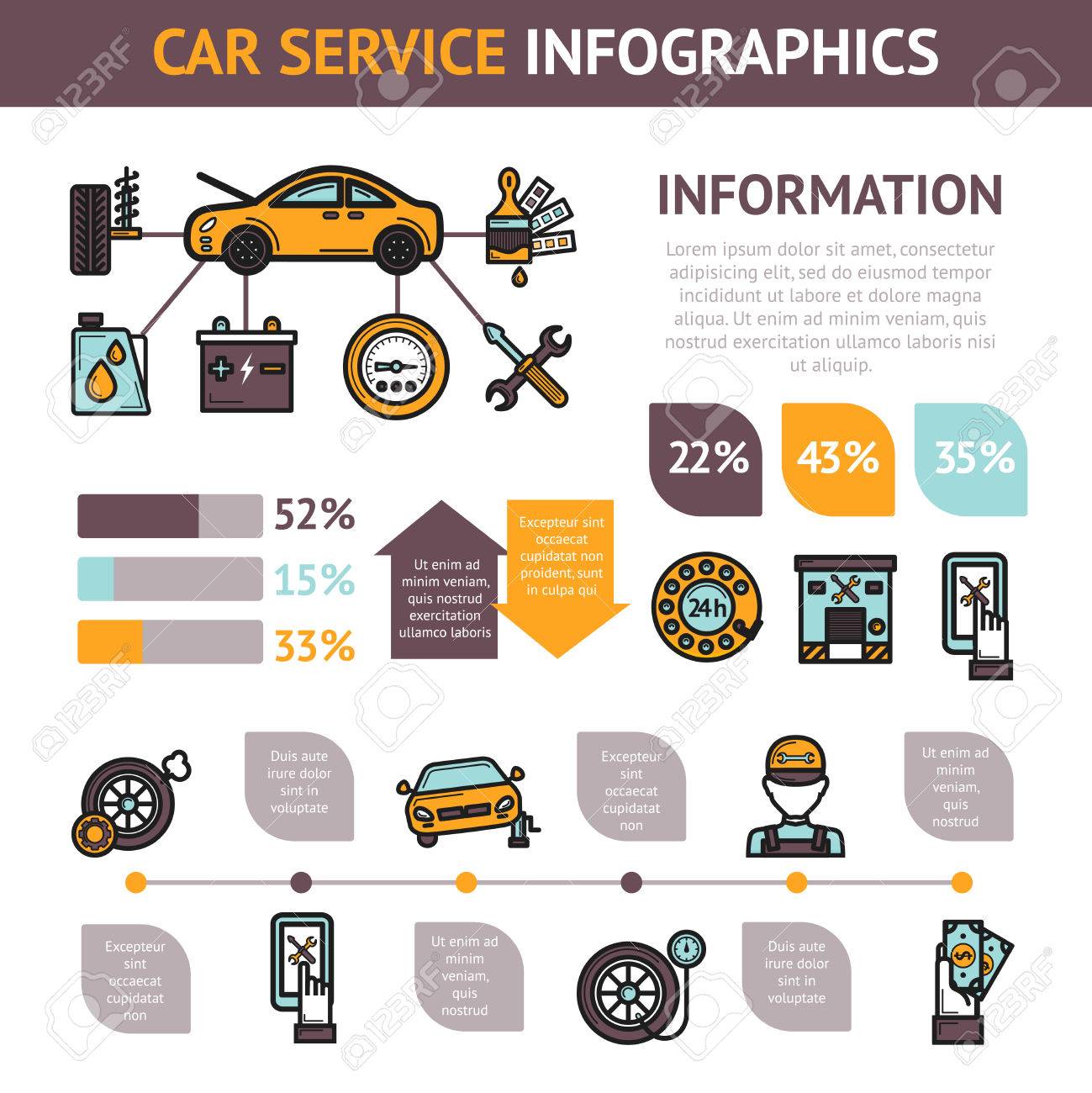Exactly How To Identify The Most Prevalent Warning Lights On Your Control Panel And What They Indicate
Exactly How To Identify The Most Prevalent Warning Lights On Your Control Panel And What They Indicate
Blog Article
Uploaded By-Espersen Juarez
When you're behind the wheel, those control panel warning lights can be a genuine enigma. Yet did you recognize that analyzing them can conserve you from potential auto difficulties down the road? From the ominous check engine light to the subtle oil stress caution and the ever-important battery light, every one serves as an essential signal from your car. It's time to shed light on these common control panel cautions and furnish on your own with the understanding to navigate the road in advance.
Recognizing the Inspect Engine Light
When your control panel illuminates with the check engine light, it is very important not to panic yet to take instant action. The check engine light acts as a caution that your car's onboard diagnostic system has identified a possible concern with the engine, emissions, or other important elements. Neglecting https://www.consumerreports.org/car-repair-shops/where-to-go-for-car-maintenance-and-repairs/ can cause more severe issues down the road, so it's important to resolve it immediately.
To comprehend the source of the issue triggering the check engine light, you can make use of an OBD-II scanner to obtain the details difficulty codes saved in your car's computer system. These codes supply important details that can assist identify the underlying problem.
While some issues causing the check engine light may be minor, such as a loosened gas cap, others can suggest extra significant worries that call for specialist focus.
Translating the Oil Pressure Warning
Upon experiencing the oil pressure advising light on your dashboard, instant focus is vital. This caution shows that the oil pressure in your engine might be too low, which can lead to serious engine damages if not resolved promptly. Low oil pressure can be triggered by a range of problems such as a leak, a faulty oil pump, or reduced oil degrees. Neglecting this warning light could result in costly repair services and even engine failure.
If you see the oil stress alerting light come on, the initial step is to safely pull over sideways of the roadway and turn off your engine. Inspect the oil level using the dipstick and guarantee it goes to the advised level.
If the oil degree is reduced, leading it up with the suitable oil for your vehicle. If the oil level is sufficient, don't continue driving and look for help from a technician to diagnose and take care of the issue without delay. Keep in mind, preserving appropriate oil stress is necessary for the health and wellness and durability of your engine.
Translating the Battery Light
To figure out the significance of the battery light on your dashboard, you should recognize its vital duty in your vehicle's electrical system. When the battery light brightens while you're driving, it suggests that the electrical system isn't getting sufficient power from the battery.
This could be as a result of a stopping working battery, a malfunctioning alternator, or issues with the billing system. Overlooking this advising light can result in your car delaying or being incapable to begin.
If the battery light comes on, it's recommended to safely pull over and have your lorry checked by an auto mechanic immediately. They can carry out diagnostics to pinpoint the underlying concern and protect against a potential malfunction.
Conclusion
Since you recognize how to determine one of the most usual caution lights on your dashboard and what they imply, you can address any prospective concerns without delay. Bear in mind, the check engine light, oil stress caution, and battery light are very important signs of your lorry's wellness. Keep informed, stay secure, and keep your vehicle running efficiently by paying attention to these warning signs.
